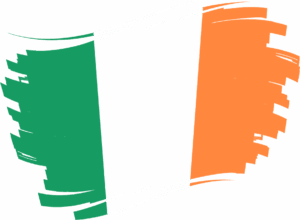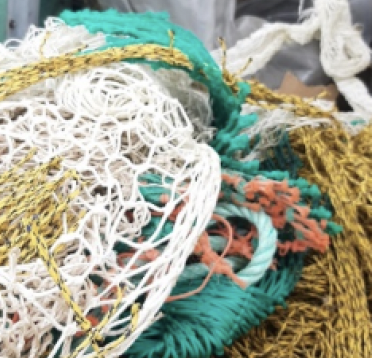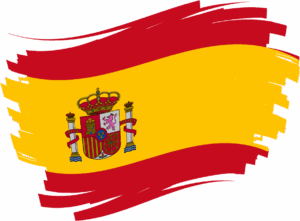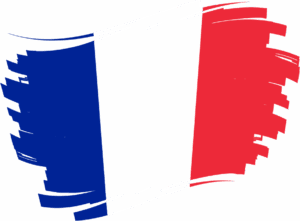
Fishing port of Howth
Fishing, seafood processing and sales.
Marine leisure cruises, sailing club, tourism.
Fishing practice: There are currently 5 pelagic trawlers, 36 demersal trawlers and 12 crabbers.
Landings: Prawn, Crab and white fish

Fishing port
A fish market (1st auction in Normandy and 6th in France) Fleet of 61 vessels (mainly trawlers)
![]()
• 1 Big Bag for the recovery of used fishing net at the back of the ship repair area.
• Containers for the recovery of trawls and traps recently installed.
• FIRENOR project (2021-2023): collection and dismantling of trawls, nets, ropes and pots in order to draw up an analysis of the technical and economic feasibility of a waste recycling chain.
• Experiment conducted by Fil&Fab and WWF: trawl nets recycling (shredding tests in 2024).
• Recycling of nets: Fil&Fab recovers used nets from the port for material recovery.
• Waste streams placed in CIW are not sorted
• EOLFG are placed in Big Bags and sent to Fil&Fab by VEOLIA
• One staff member in charge of waste management
• • FIRENOR project (2021-2023): collection and dismantling of trawls, nets, ropes and pots in order to draw up an analysis of the technical and economic feasibility of a waste recycling chain.
• Experiment conducted by Fil&Fab and WWF: trawl nets recycling (shredding tests in 2024).
• Recycling of nets: Fil&Fab recovers used nets from the port for material recovery.Management costs: no data Quantity: 9T in 2022 (FIRENOR project)
![]()
Fishermen bring the litter they collect while fishing back to the port and place it in the CIW skip.
No characterisation or monitoring in terms of volume of this type of waste.
![]()
• No dedicated or closed waste area at the moment.
• Difficult access, requiring crossing the technical and ship repair area to get to the waste reception facilities.
• Lack of indicators for monitoring EOLFG collection.
• City centre port: urban – port coactivity.
• Limited space for trawl net repairing leading to falls on the port docks, but construction work is in progress.
• Recycling of used nets collected by Fil&Fab
• Penalties for illegal waste dumping (port police and Ports du Calvados)
• Objectives:
o Carry out construction work to create a closed and dedicated area for the reception of waste, accessible only by port users and easily accessible for waste collection lorries.
o Sorting at source by operators should be implemented once the reception area renovation work is completed, to ensure better waste characterisation and reuse.
o Establish a local EMFAF project to provide collection points for EOLFG from six ports of the area to massify the waste and find suitable reuse channels.
o Port clean-up campaign.

Fishing, seafood processing and sales.
Marine leisure cruises, sailing club, tourism.
Fishing practice: There are currently 5 pelagic trawlers, 36 demersal trawlers and 12 crabbers.
Landings: Prawn, Crab and white fish

General cargo, bulk solids, ship service, fishing activity (fresh and frozen), fish market.
Fishing practice: fleet of 359 vessels and ships (mostly artisanal vessels)
Landings: Black monkfish, White monkfish, Blue shark, Swordfish, Northern megrim, Atlantic pomfret, European hake, Korean flounder, Common squid, Horse mackerel…

Fishing port and marina
No fish market but fish preparation area 7 fixed vessels (small-scale coastal fishing)

This is a multi-purpose port which accommodates approx.
20 trawlers, 5 scallop boats and 25 inshore vessels for crab, lobster & whelk. In addition, charter deep-sea angling vessels, tourboats to the Saltee Islands, and leisure crafts use the port.
There are also seafood processing plants next to the port.

Fishing activity and fish market.
Fishing practice: fleet of 237 vessels and ships (mostly small-scale fishing vessels)

Fishing port and marina
Presence of a fish market, online sales only Flotilla of 30 vessels (gillnetter and trollers)

General cargo (paper, wood, fruit, steel), bulk solids (grains, flours, and fertilizers), ship services (construction, repair, fuel, oils…), fishing activity (fresh and frozen), fish auction.
Fishing practice: 77 vessels and ships (mainly inshore, 12 trawlers operating in the Grand Sole fishing grounds, 4 coastal trawlers, and 8 operating in Portuguese waters)
Landings: Sardine, horse mackerel, Atlantic mackerel, Atlantic bonito, spider crab, velvet crab, shrimp, Norway lobster, hake, European hake (whiting), blue whiting, squid, monkfish, scorpionfish, red gurnard, sole, cuttlefish, octopus, conger eel, ray, others

A busy port that is home to several state organisations and fishing businesses. Including a seafood processing plant, an ice plant, fisherman’s co-op, and shipping agents. Cruise liners and island ferries also dock here.
30 x >20m fishing vessels are based at the port, the majority are whitefish trawlers.

Commercial, nautical-sport, tourism, fishing, and shipyard activities, fish market.
Fishing practice: for WIF, three trawlers from the Mares Circulares project (with lengths ranging from 28 to 36 meters) are collaborating
Landings: Atlantic mackerel, European anchovy, and Atlantic bonito